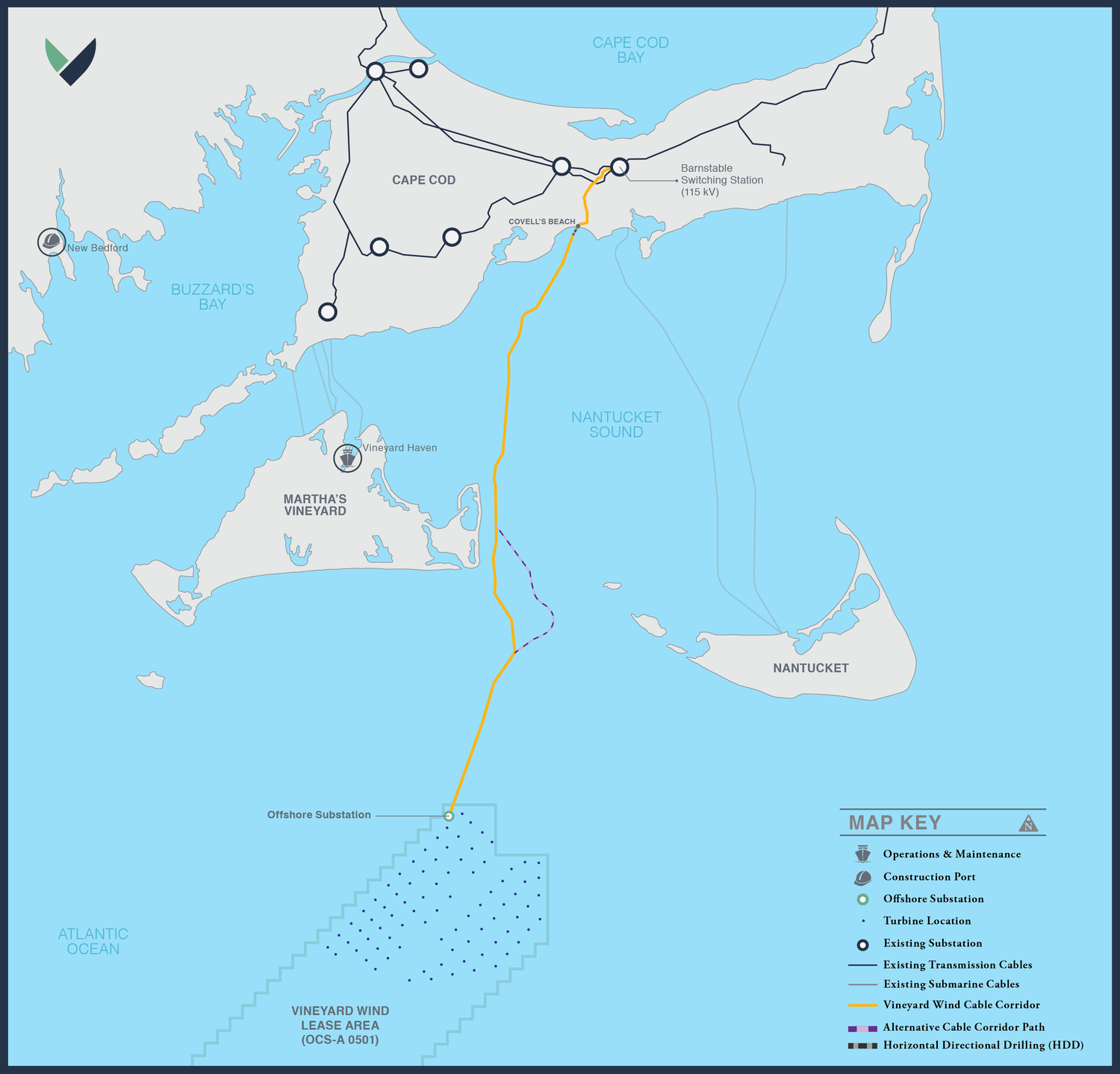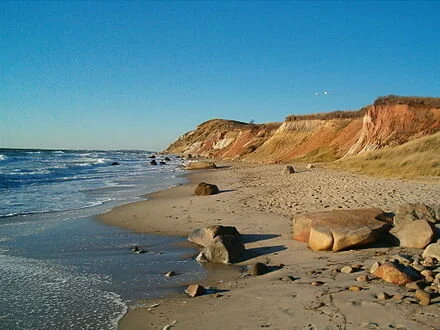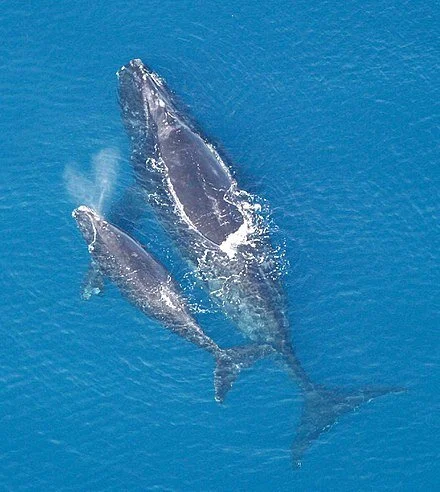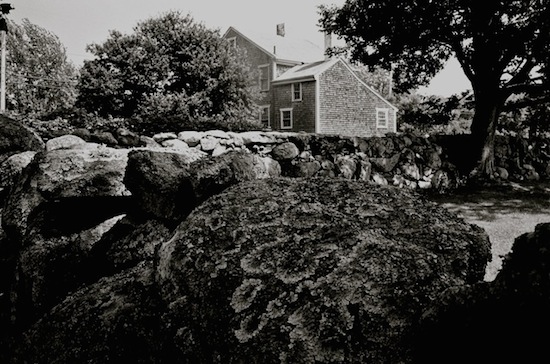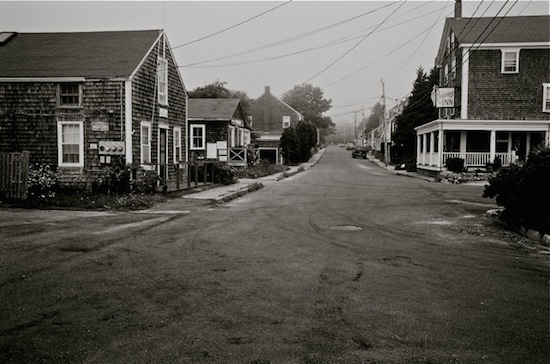
Where will the coastal year-rounders live?
Stonington waterfront in1915
Aerial view of fancy summer resort town Camden, Maine, from the harbor
—Photo by King of Hearts
Adapted from Robert Whitcomb’s “Digital Diary,’’ in GoLocal24.com
‘Many coastal communities in New England face severe housing shortages for year-round residents of modest means. Around here, Nantucket, Martha’s Vineyard and Block Island are infamous for this problem.
Consider Stonington, Maine, on Deer Isle. There, 80 percent of its shorefront is now owned by non-residents (mostly summer people), as are 56 percent of that fishing (mostly lobsters) port’s downtown properties, according to a report in the Portland Press Herald
The usually affluent summer folks bid up real estate prices to levels unaffordable to most year-rounders.
So where will the carpenters, yard-work people, plumbers, electricians and schoolteachers live? Perhaps some elderly summer people will leave their summer McMansions to towns to be converted into affordable housing. Just joking. But something must be done if these towns are going to have enough of the locals who make communities viable for year-round and summer people. That includes zoning changes and/or having states subsidize the construction of new housing in some places.
Closing on final approval of Vineyard Wind 1
From The New England Council (newenglandcouncil.com)
“Avangrid recently received the Final Environmental Impact Statement (FEIS) for Vineyard Wind 1 from the U.S. Bureau of Ocean Energy Management (BOEM), the last step before a Record of Decision (ROD) that would jumpstart approval for the project to begin construction.
“A joint venture between Avangrid Renewables and Copenhagen Infrastructure Partners (CIP), Vineyard Wind seeks to establish a massive offshore wind farm about 15 miles off the coast of Martha’s Vineyard.“Dennis V. Arriola, CEO of Avangrid, commented, “We are one step closer toward realizing this historic clean energy project and delivering cost-effective clean energy, thousands of jobs and more than a billion dollars in economic benefits to Massachusetts.” The project would generate electricity to power over 400,000 residences and businesses in Massachusetts, while also reducing electricity rates, carbon emissions, and creating new job opportunities.
“The New England Council looks forward to the progress Avangrid makes in developing this project for the region. Read more from the Hartford Business Journal and Avangrid’s press release.’’
Bingo near the cliffs
The clay cliffs of Aquinnah and the Gay Head Lighthouse, on the western end of Martha's Vineyard
From Robert Whitcomb’s “Digital Diary,’’ in GoLocal24.com
An article in Commonwealth Magazine argues that the Aquinnah Wampanoag Tribe based in what we used to call Gay Head (actually many people still call it that) will in the fullness of time get a casino – in the form of a high-stakes bingo operation there. (More revenue than from the brightly colored clay ashtrays that the tribe at least used to sell!) Commercial gambling is always a sleazy business but I confess some pleasure at the prospect that such an operation will discomfit the rich and sometimes arrogant summer people “from away” in the area.
This might worsen the already anger-inducing parking problems near the famous cliffs that give Gay Head its name.
Aquinnah Town Hall
Lisa Prevost: European study finds wind turbines don't affect lobster harvest
European lobster
Via Energy News Network ( https://energynews.us/) and ecoRI News (ecori.org)
In New England, offshore wind developers and the fishing industry continue to grapple with questions over potential impacts on the region’s valuable fisheries.
A recent European study not only offers good news on that front, it also provides a template for how the two industries can work together.
Research conducted over a six-year period concluded that the 35 turbines that form the Westermost Rough offshore wind facility, about 5 miles off England’s Holderness coast, have had no discernible impact on the area’s highly productive lobster fishing grounds.
The overall catch rate for fishermen and the economic return from those lobsters remained steady from the study’s start in 2013, before the facility’s construction, to its conclusion last year, according to the lead researcher, Mike Roach, a fishery scientist for the Holderness Fishing Industry Group, which represents commercial fishermen in the port town of Bridlington, England.
“It was quite a boring result,” Roach said. “All my lines are flat.”
Ørsted, the Danish energy giant and developer of the offshore wind facility, contracted with Holderness’s research arm to carry out the study, as the group has its own research vessel. The collaborative approach, Roach said, has made the findings all the more credible to local fishermen, who were initially certain that the energy project would destroy the lobster stocks.
“We did the research the same way a fisherman would fish — the same gear types, same bait, deploying in the same way,” Roach said. “We were basically mirroring the commercial fishing method in the area. And that has allowed the fishermen to relate directly to the fieldwork.”
Hywel Roberts, a senior lead strategic specialist for Ørsted and a liaison with the researchers, called the collaboration “a leap of faith on both sides to join together and agree at the outset to live and die by the results.” He noted that the level of research also went well beyond what was required for government permitting.
Ørsted announced the study’s results last month in a press release, even as Roach is still in the process of getting the research approved for publication in a peer-reviewed journal.
It’s no wonder the European-based wind developer was eager to share the news more widely, as the fishing industry has proven to be a powerful force in slowing the progress of offshore wind development off the Northeast coast, such as the Vineyard Wind 1 project.
Last year, the Bureau of Ocean Energy Management announced it was pausing the approval process for Vineyard Wind 1, a joint venture between Copenhagen Infrastructure Partners and Avangrid, to be constructed off Martha’s Vineyard. The agency said it wanted to devote more study to the cumulative environmental effects of the many offshore wind projects lining up for approval.
In June, the agency issued a supplemental environmental impact statement that concluded that the cumulative impacts on fisheries could potentially be “major,” depending on various factors. The federal agency is considering requiring transit lanes between turbines to better accommodate fishing trawlers, a design change Vineyard Wind argues is unnecessary and could threaten the project’s viability.
The developer has proposed separating each turbine by a nautical mile. The transit lanes would require additional spacing.
A final report is expected in December.
The outcome of the Holderness study has “very important” implications for wind projects all over, Roberts said.
“The lobster fishery there is one of the most productive in Europe, and we were tasked with building a wind farm right in the middle of it,” Roberts said. “If it can work in this location, we think it can work in most places around the world.”
Ørsted even brought Roach and one of the Holderness fishermen to Massachusetts last year to spread the word to worried lobstermen about the minimal impact of Westermost Rough.
Roach said he’d like to think his findings “eased some concerns” in New England. However, he said he disagrees with Ørsted that the outcome in the North Sea is applicable to other areas of the world, where habitats and the ecology of the species could be very different.
“There are lessons to be learned and guided by, but I can’t say it’s directly transferable,” he said.
Lisa Prevost is a journalist with Energy News Network, an Institute of Nonprofit News (INN) member that has a content-sharing agreement with ecoRI News.
Savoring daily variations
Panoramic view of Willoughby Notch and Mount Pisgah, in Vermont’s “Northeast Kingdom.’’
— Photo by Patmac13
“Country people do not behave as if they think life is short; they live on the principle that it is long, and savor variations of the kind best appreciated if most days are the same.’’
“True solitude is a din of birdsong, seething leaves, whirling colors, or a clamor of tracks in the snow.’’
— Edward Hoagland, essayist, nature and travel writer and novelist. He lives in Barton, Vt., in the “Northeast Kingdom’’ in the summer and relatively mild Martha’s Vineyard in the winter.
Read before renting on the Vineyard
Gingerbread summer cottages in Oak Bluffs, on Martha’s Vineyard.
“A danger exists of confusing the Vineyard with my children’s childhood, which time has swallowed, or with Paradise, from which we have been debarred by well-known angels. Let’s not forget the rainy days, the dull days, the cranky-making crowding, and the moldy smell summer furniture gives off when breezes don’t blow through the screen door that one keeps meaning to fix, though it’s the landlord’s responsibility.’’
From “Going Barefoot,’’ by John Updike (1932-2009), an essay in Peter Simon’s On the Vineyard II (1989)
...And a refuge for rich New Yorkers fleeing (they hope) COVID-19
Gingerbread cottages in Oak Bluffs, on The Vineyard
“Once one puts in any amount of time here, one becomes gradually addicted. Eventually, living on the (Martha’s) Vineyard becomes a passionate obsession, a religion, a personal identity and a raison d’’etre.’’
— Peter Simon (1947-2018) in On the Vineyard II (1990)
The famous colorful clay cliffs on Gay Head
Study is aimed at protecting right whales in offshore windpower areas
North Atlantic right whale mother with calf
From ecoRI News (ecori.org)
Ørsted is funding a project to study and protect endangered North Atlantic right whale during surveys, construction and operation of its U.S. offshore wind facilities such as Bay State Wind and Revolution Wind.
Using data collected from an aerial, unmanned glider and two sound-detection buoys, researchers from the University of Rhode Island, Rutgers University and the Woods Hole Oceanographic Institution will examine the habitat and behaviors of right whales in the wind-lease areas awarded to Ørsted.
An estimated 400 North Atlantic right whales remain, fewer than 100 are breeding females.
The oceanographic data will help studies of additional fish species and improve forecasting for severe storms and other weather, according to Ørsted. The three-year initiative is called Ecosystem and Passive Acoustic Monitoring (ECO-PAM).
Vineyard Wind watch
A key offshore wind report is expected this week from the Coast Guard. The draft of the Massachusetts and Rhode Island Port Access Route Study (MARIPARS) will recommend wind farm layouts, spacing, and transit lanes for vessel safety, navigation, and search-and-rescue operations.
The draft report will be followed by a 45-day comment period. The Coast Guard is expected to finalize the report in April.
At its nearest point, the Vineyard Wind project is about 14 miles from the southeast corner of Martha’s Vineyard and a similar distance from the southwest side of Nantucket. (BOEM)
At its nearest point, the Vineyard Wind project is about 14 miles from the southeast corner of Martha’s Vineyard and a similar distance from the southwest side of Nantucket. (BOEM)
The recommended wind-facility grid is expected to inform the forthcoming draft environmental impact statement (EIS) from the Bureau of Ocean Energy Management (BOEM) for the Vineyard Wind project. If adopted by BOEM, MARIPARS will accelerate other wind proposals in the federal lease areas off southern New England.
BOEM won’t give any hints about when it will release the expanded EIS for the Vineyard Wind project. BOEM media representatives will only say to look for updates at its Vineyard Wind Web site.
The expanded EIS will focus on fishing and other impacts of offshore wind development in the region. The initial EIS was expected by the end of last year but pushed until early 2020.
The initial EIS was delayed last summer after the National Marine Fisheries Service and the National Oceanic and Atmospheric Administration declined to endorse the report.
After hearings and a public comment period on the upcoming EIS, a record of decision from BOEM on the Vineyard Wind project isn’t likely until December. If approved, major work on the 800-megawatt wind facility, such as pile driving, can’ commence until May 1, 2021. An agreement to protect North Atlantic right whales with three environmental groups signed last year prohibits such work between January and April.
Foster wind moratorium
The Foster (R.I.) Town Council recently approved a 180-day moratorium on wind-turbine development. There are no proposals before the town, but the council wants to give the Planning Board time to write an ordinance for future wind development.
“There’s speculation whether companies would be interested in coming into our town and we want to make sure we had things in order,” Town Council president Denise DiFranco said at the council’s Jan. 23 meeting.
The council can extend or shorten the moratorium. Residential wind systems less than 100 kilowatts are still permitted.
Virginia wind
Virginia is upping its involvement in offshore wind with a vision to reach World War II levels of maritime industrial activity. Last September, Dominion Energy, the owner of natural-gas pipelines and power plants, including the Manchester Street Power Station, in Providence, announced plans for a 2,600-megawatt wind facility off Virginia Beach. Gov. Ralph Northam has since set a state energy target of 30 percent renewable power by 2030 and 100 percent by 2050.
Dominion is also developing a two-turbine offshore test site called the Coastal Virginia Offshore Wind Project with Ørsted. The project could be operational by late this year.
Like many states in the Mid-Atlantic and Northeast, Virginia wants to expand its ports to build maritime centers for wind turbine construction, maintenance, and shipping. An estimated 14,000 jobs could be created by the new maritime industries in the state.
Tim Faulkner is an ecoRI News journalist.
William Morgan: The Quaker Coast
Photos (below) and commentary by WILLIAM MORGAN
It has been almost a decade since I published a book of photographs on the Cape Cod cottage. Since, then, I have been looking for another suitable topic.
My (more successful) photographer friends tell me no one is underwriting black and white photos taken with film. And my favorite publisher nixed the idea for a photographic study of what I call the Quaker Coast (the towns of Dartmouth and Westport in Massachusetts, and Little Compton, just over the border in Rhode Island), declaring that there would be no market for such a book.
Yet there is something special – and not yet ruined – about those three towns. Fishing and agriculture still survive, if not actually thrive, there. And the mostly unspoiled landscape and the prevalence of a plain vernacular architecture, mostly wrapped in cedar shingles.
In lieu of the fantasy book, I offer the readers of New England Diary three images from the book proposal.
Addendum: Much of Cape Cod, Martha's Vineyard and Nantucket were also Quaker. I went to a few family memorial services in the Quaker meeting house in West Falmouth, on the Cape.
Many whalers were of Quaker background -- but that didn't make them gentle at all. Rather, many were tough and rapacious. Many became very successful capitalists whose investments spanned the world.
-- Robert Whitcomb




